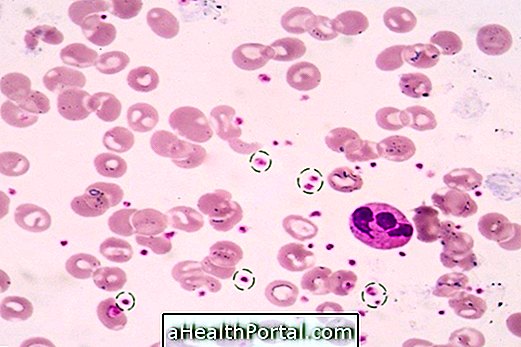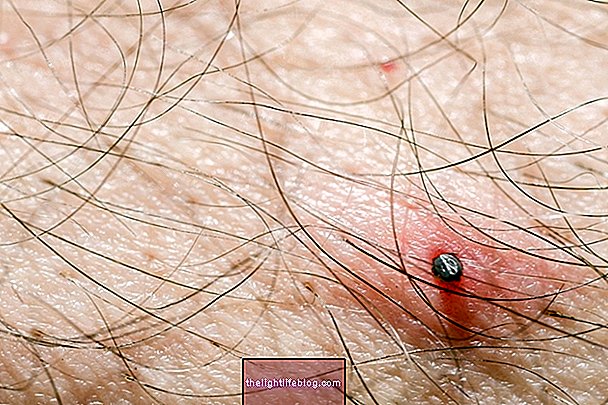The best way to know if a person has HPV is through diagnostic tests that include observation of warts, pap smears, peniscopia, hybrid capture, colposcopy or blood test, which can be requested by the gynecologist in the case of the woman, or a urologist, in the case of man.
When the HPV test result is positive, it means that the person has the virus but does not necessarily have cancer or symptoms and may not need to be treated. When the HPV test is negative, it means that the person is not infected by the Human Papilloma Virus.

Tests for HPV in man
In the case of men, the exams should be done and recommended by the urologist, initially done by observing the male genital region, because the presence of HPV can result in warts or other lesions characteristic of the infection.
In addition to the naked eye, the doctor can perform penis surgery, which is an examination in which the doctor uses a magnifying glass-like device to look for small lesions on the penis that may be indicative of the presence of HPV. In case of suspicion, a small scraping of the site is done and the material is sent for analysis in the laboratory. Understand how the Peniscopia exam is done.
Tests for HPV in humans are important in order to properly treat the infection, decreasing the risk of complications and transmission of the disease.
HPV Testing for Women
The most requested examination for the diagnosis of the presence of the HPV virus in the woman is the Papanicolau, in which a scraping of the cervix is carried out with the aid of a swab-like instrument, and the material is sent to the laboratory for analysis. Although it is a fundamental test to evaluate the health of women, the Papanicolau is not enough to diagnose cervical cancer, for example, nor to determine the subtypes of the HPV virus, and it is necessary to perform other tests, such as:
- Clinical examination in which the gynecologist the woman's intimate region to identify any wart, lesion or alteration possibly caused by the HPV virus;
- Hybrid capture, which is a molecular examination that consists of taking small samples from the walls of the vagina and cervix to analyze the presence of HPV DNA in the cell. This test helps identify low or high risk HPV when there are changes in the pap smear. Learn more about Hybrid Capture.
- Colposcopy, which is also considered a preventive exam and consists of performing a biopsy of the uterine cervix tissue that has a lesion seen through the colposcope. Usually this examination is indicated when there is visualization of altered cells in the microscope;
- Blood tests, which may be useful for identifying infections and the presence of viruses inside cells. Usually prior to the examination if HPV blood, the doctor requests sexual abstinence for 3 days.
Tests for female HPV are important to start treatment of the disease and decrease the chances of cervical cancer. Learn how HPV treatment is done.
Watch the following video and see in a simple way what is and how to treat this disease.








-o-que--sintomas-e-tratamento.jpg)


















